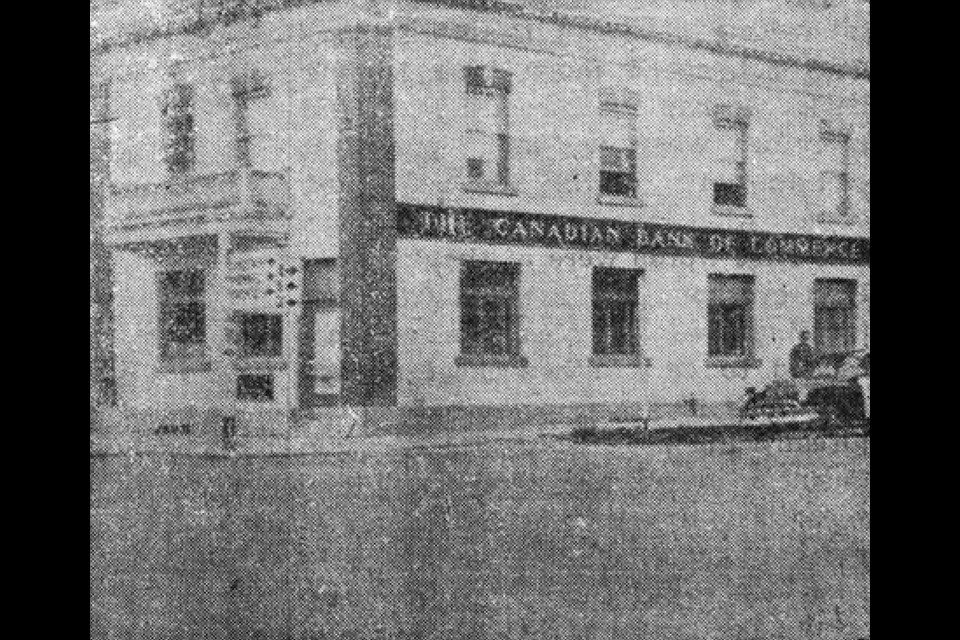It was a normal summer day for June Catania (nee Duncan) and she was in good spirits.
She was less than a year married and still very much in the honeymoon phase. She enjoyed her job at the CIBC. The sun was hot and the weather was fine. Life was good.
Catania smiled as another customer approached the teller. Bradford was still a small town, so she knew every customer by name and greeted them warmly.
She had no way of knowing she would soon be held up by the most notorious bank-robbing gang in Canadian history, and that she would play a small but vital role in its downfall.
The date was July 26, 1951.
At 2:05 p.m., two members of the Lennie Jackson Gang (later better known as the Boyd Gang, once charismatic Edwin Alonzo Boyd joined their ranks) burst into the bank, waving revolvers and ordering staff and customers to raise their hands. “This is a stick-up!”
The gang had robbed more than half a dozen banks together. They were an experienced, well-organized team, and heavily armed, having recently stolen armaments from Camp Borden.
Catania was so intent on serving her customer, she hadn’t seen the men enter or pull their guns. It was only when they announced the stick-up that she realized something was amiss. She was still registering the turn of events when Jackson leapt over the counter, smashed the glass partition in front of the teller stations, and pointed the gun at her chest. He gruffly ordered her out of the teller’s cage. In a state of panic, she instead locked herself in.
This enraged the masked robber. He assumed she was attempting to deny him the cash in her till. He raised the gun to her head. No words were said, but the meaning was crystal clear: Open the cage, or else.
Though her fingers trembled with fear, Catania unlocked the cage door and scurried out. Jackson threw her to the floor, and then dove into the cage like a predator pouncing on its prey, scooping all the money in the drawer into a bag. The haul was $4,200.
From her position on the floor, Catania watched the gang grow frustrated at their inability to access the locked vault.
“You could have heard a pin drop,” she said. “There wasn’t a movement in the office except the shuffle of the feet of the bandits as they rummaged.”
In less than a minute, the robbers were gone. It was all done with well-rehearsed practice. But the ordeal for Catania and the others inside the bank wasn’t over. Out on the street, the robbers exchanged gunfire with OPP Const. Reg Wilson, and several stray bullets crashed through the bank window, causing those inside to press themselves closer to the floor.
A month later, Catania had to relive those terrifying moments in court. Crown attorney W.M. Thompson was intent on putting the recently arrested gang members behind bars for a long time, and Catania was to be a star witness. She had close interaction with Jackson and recognized his voice. More concretely, through pencilled numbers made on the day of the robbery, she was able to positively identify several bills found in the robbers’ possession. The physical evidence, and her testimony, directly linked the defendants to the crime.
That was all the judge needed to hear. The robbers were going to trial.
The rest is history: the breakout from the Don Jail with Edwin Alonzo Boyd, the crime spree and manhunt, a second escape and manhunt, and, ultimately, the hanging of Jackson and Steve Suchan for the murder of Det.-Sgt. Ed Tong.
Through her testimony, Catania helped to bring down Canada’s most notorious gang.



